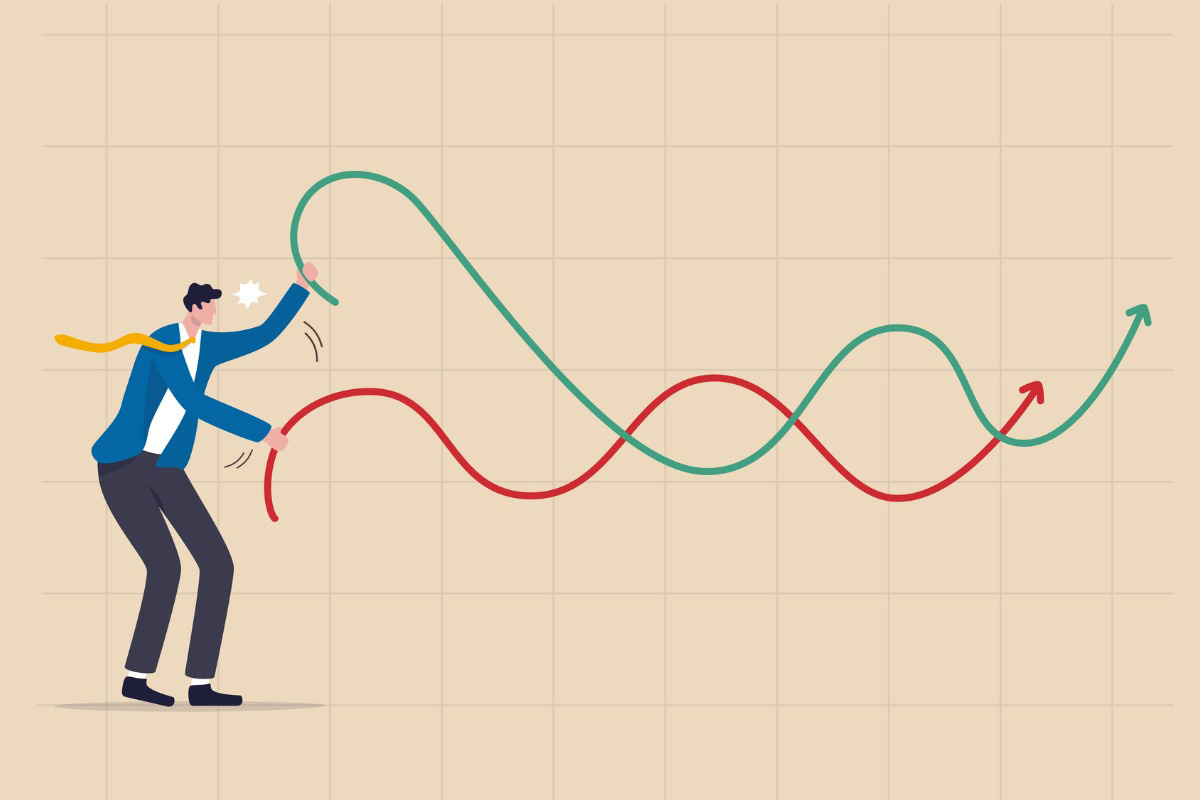
The Securities and Exchange Commission has proposed two rules that would require market participants who assume certain dealer functions, particularly those who act as market liquidity providers, to register with the SEC, become members of a self-regulatory organization, and comply with federal securities laws and regulatory obligations.
The SEC said the new rules were necessary because technological advances in electronic trading have allowed certain participants who may not be registered dealers to play an increasingly significant role providing liquidity in overall trading and market activity.
The regulator is concerned about how the use of algorithmic trading have made market transactions so fast that high-frequency trading firms are participating significantly in markets such as the Treasury cash market. The SEC said high-frequency traders account for 50% to 60% of the volume on the inter-dealer broker platforms in the Treasury markets, and often account for a large percentage of total volume of the broader secondary markets.
However, because not all these participants are registered as dealers or government securities dealers, the SEC warns that key investor and market protections it provides through registration and regulation are inconsistently applied to firms engaged in similar activities.
SEC Chair Gary Gensler said that in recent years, the regulator has seen “high-profile events” in markets with significant participation by high-frequency traders, including “tremors” in the Treasurys markets in 2014, 2019, and at the beginning of the COVID pandemic in 2020.
“Requiring all firms that regularly make markets, or otherwise perform important liquidity-providing roles, to register as dealers or government securities dealers also could help level the playing field among firms and enhance the resiliency of our markets,” Gensler said in a statement.
The rules, 3a5-4 and 3a44-2, would define the phrase “as a part of a regular business” to identify activities that would deem those engaging in them to be “dealers” or “government securities dealers” and thus subject to the registration requirements of Exchange Act. However, the proposed rules do not attempt to address all circumstances under which one may be acting as a dealer or government securities dealer.
The proposed rules would exclude anyone who has or controls total assets of less than $50 million, as well as an investment company registered under the Investment Company Act of 1940.
“While I have deep reservations about the breadth of today’s proposal, it addresses some important issues on which public comment will be valuable,” SEC Commissioner Hester Peirce said in a statement. “I particularly appreciate the use of the rulemaking process to clarify the scope of the term ‘dealer.’”
The public comment period for the proposed rules will be open for 60 days following its publication on the SEC’s website, or 30 days after the proposed release is published in the Federal Register, whichever is longer.
Related Stories:SEC Proposes New Rules for Private Funds, Cybersecurity Risk Management
SEC Adopts New Contested Election Rules
SEC Proposes Reporting Changes for Private Equity, Hedge Fund Advisers
Tags: dealers, Gary Gensler, rule proposal, SEC, Securities and Exchange Commission, securities laws, self-regulatory organization, SRO

